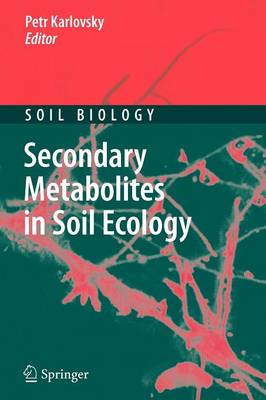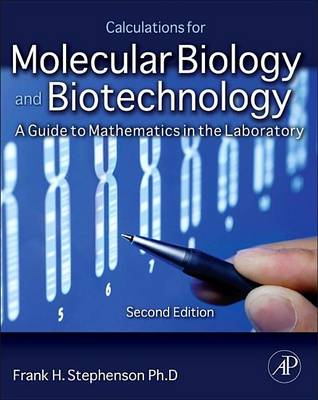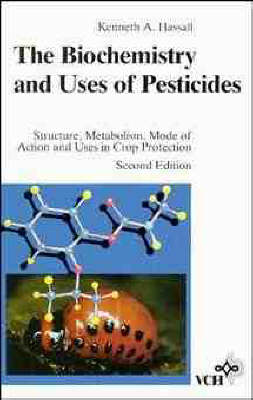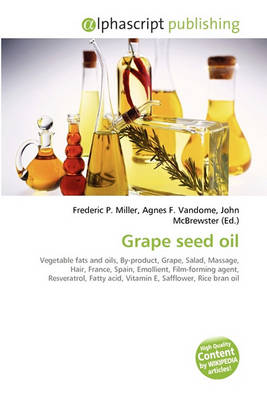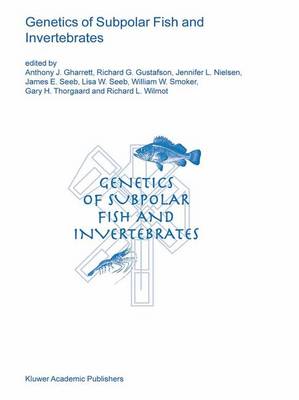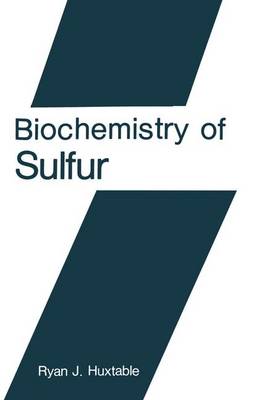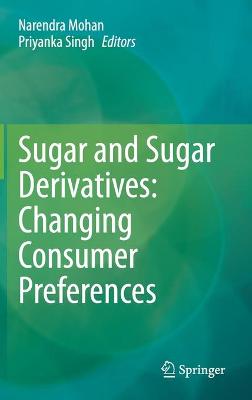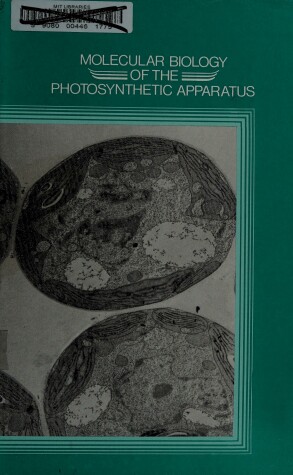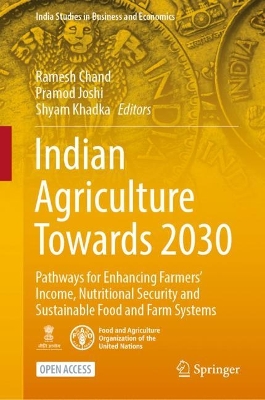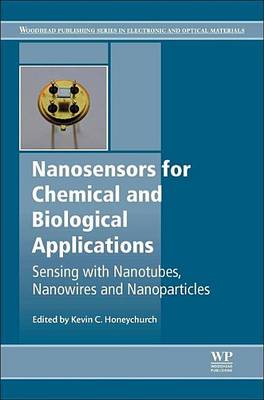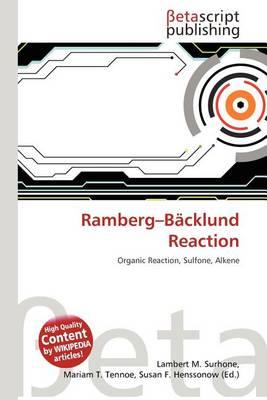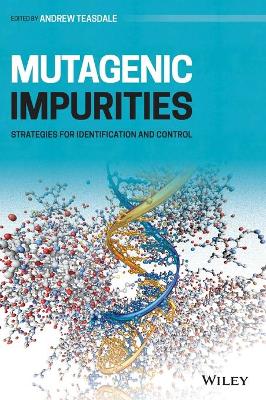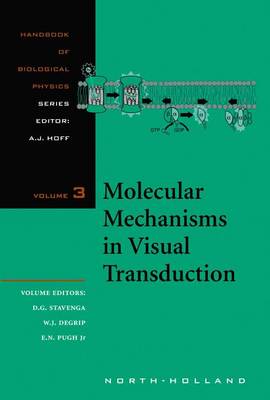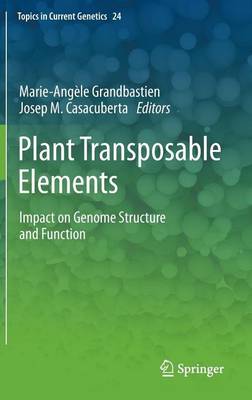Secondary Metabolites in Soil Ecology (Soil Biology, #14)
Microbiologists and soil scientists will find this study compelling reading. It focuses on the role of bacterial, fungal and plant secondary metabolites in soil ecosystems. Our understanding of the biological function of secondary metabolites is surprisingly limited, considering our knowledge of their structural diversity and pharmaceutical activity. This book reviews functional aspects of secondary metabolite production, with a focus on interactions among soil organisms.
Bioinformatics Conference (CSB 2003)
Calculations for Molecular Biology and Biotechnology: A Guide to Mathematics in the Laboratory
High-Performance Liquid Chromatography of Peptides and Proteins
by Colin T. Mant and Robert S. Hodges
Containing articles by internationally renowned scientists, this book covers the use of high performance liquid chromatography (HPLC) techniques for a range of applications. The authors present practical approaches along with clear principles that are easily accessible to the method developer as well as the scientist. They discuss major HPLC analytical modes including size exclusion, ion-exchange, reverse-phase, hydrophobic interactions, immunoaffinity, and more. Highlights of the second edition...
Our jobs and families; the deluge of e-mails, texts, and calls; the constant pinch on our time and money; the screaming match of politics and the threat of terrorism and war--there is no doubt about it, we are completely stressed out. Most of the time, we just shrug it off, but as neuropsychiatrists Gregory L. Fricchione, Ana Ivkovic, and Albert Yeung gently remind us in this book: stress can be really, really bad for our health. In fact, persistent stress is directly linked to chronic ailments...
Rewritten and extended, this new edition reflects the progress that has been made during the last few years in that particular field. The book informs about the structures, metabolisms, modes of action and uses of pesticides in crop protection. The pesticides treated include chemicals against insects, mollusks, threadworms, fungi and weeds.
Grape Seed Oil
by Frederic P Miller, Agnes F Vandome, and John McBrewster
Fisheries genetics researchers will find invaluable the thirty-eight peer-reviewed contributions in this book, presented at the 20th Lowell Wakefield Fisheries Symposium "Genetics of Subpolar Fish and Invertebrates," held in May 2002 in Juneau, Alaska. Looming over concerns of lost fisheries stocks and persistent erosion of genetic variability are predictions of global warming, which may further tax genetic resources. One consequence is an increased reliance on genetic applications to many aspe...
Computational Approaches to Protein Function Prediction (Wiley Series in Bioinformatics)
by Gaurav Pandey, Vipin Kumar, Michael Steinbach, and Chad L. Meyers
This book provides a comprehensive overview of the field of automated protein function prediction. It covers many techniques for solving this problem by computational means and discusses the most important principles underlying these techniques. By clearly describing a wide variety of automated techniques for protein function prediction and summarizing the main concepts behind these techniques, this book greatly reduces the time and effort required to understand the problem of protein function p...
Amyloid, Prions, and Other Protein Aggregates, Part B (Methods in Enzymology)
by Indu Kheterpal
Biochemistry of Sulfur (Biochemistry of the Elements, #6)
by Ryan J Huxtable
There can be few elements with a biochemistry as coherent as that of sulfur. This important element is crucial to myriad aspects of metabo lism, catalysis, and structure. The plurality of functions in which sulfur is involved derives squarely from the numerous oxidation states in which it may exist, some having great stability, some being capable of ready redox interconversions, and yet others having great instability. As a result, the flux of sulfur from the geosphere through the various kingd...
Sugar and Sugar Derivatives: Changing Consumer Preferences
Sugarcane enjoys a prominent position among agro-industrial crops and is commercially grown in 115 tropical and subtropical countries around the world. However, fluctuations in sugar prices have forced the sugarcane industry worldwide to broaden its revenue base by moving from single-commodity manufacturing to a range of value-added products. Utilizing the by-products in an innovative manner to create value-added products is the new course of action for sugar-producing countries. For many y...
Gene Expression Systems: Using Nature for the Art of Expression offers detailed information on a wide variety of gene expression systems from an array of organisms. It describes several different types of expression systems including transient, stable, viral, and transgenic systems. Each chapter is written by a leader in the field. The book includes timelines and examples for each expression system, and provides an overview of the future of recombinant protein expression.
Molecular Biology of the Photosynthetic Pparatus
Chemistry plays a very important role in the emerging field of synthetic biology. In particular, chemical synthetic biology is concerned with the synthesis of chemical structures, such as proteins, that do not exist in nature. With contributions from leading international experts, Chemical Synthetic Biology shows how chemistry underpins synthetic biology. The book is an essential guide to this fascinating new field, and will find a place on the bookshelves of researchers and students working in...
Indian Agriculture Towards 2030 (India Studies in Business and Economics)
This open access book brings together varying perspectives for transformational change needed in India’s agriculture and allied sectors. Stressing the need of thinking for a post-Green Revolution future, the book promotes approaching this change through eight broad areas, indicating the policy shifts needed to meet the challenges for the coming decade (2021-2030). The book comprises of ten contributions. Apart from the overview chapter on transformational change and the concluding chapter on pa...
Nanosensors for Chemical and Biological Applications (Woodhead Publishing Series in Electronic and Optical Materials)
Nano-scale materials are proving attractive for a new generation of devices, due to their unique properties. They are used to create fast-responding sensors with good sensitivity and selectivity for the detection of chemical species and biological agents. Nanosensors for Chemical and Biological Applications provides an overview of developments brought about by the application of nanotechnology for both chemical and biological sensor development. Part one addresses electrochemical nanosensors...
Mutagenic Impurities - Strategies for Identification and Control
by Andrew Teasdale
Learn to implement effective control measures for mutagenic impurities in pharmaceutical development In Mutagenic Impurities: Strategies for Identification and Control, distinguished chemist Andrew Teasdale delivers a thorough examination of mutagenic impurities and their impact on the pharmaceutical industry. The book incorporates the adoption of the ICH M7 guideline and focuses on mutagenic impurities from both a toxicological and analytical perspective. The editor has created a primary refe...
Molecular Mechanisms in Visual Transduction (Handbook of Biological Physics, #3)
by W J Degrip, D G Stavenga, and E N Pugh
Molecular mechanisms in visual transduction is presently one of the most intensely studied areas in the field of signal transduction research in biological cells. Because the sense of vision plays a primary role in animal biology, and thus has been subject to long evolutionary development, the molecular and cellular mechanisms underlying vision have a high degree of sensitivity and versatility. The aims of visual transduction research are first to determine which molecules participate, and then...
